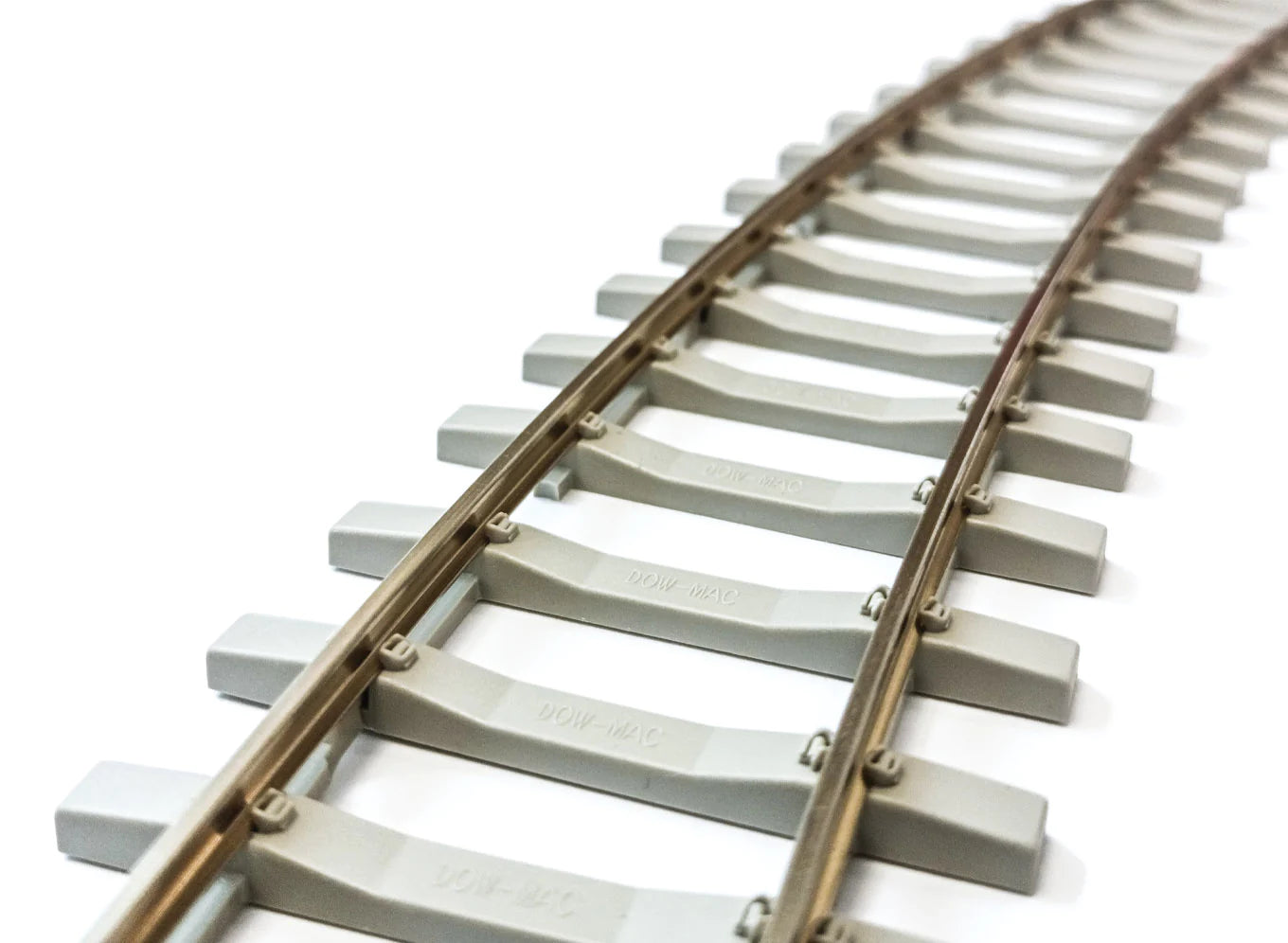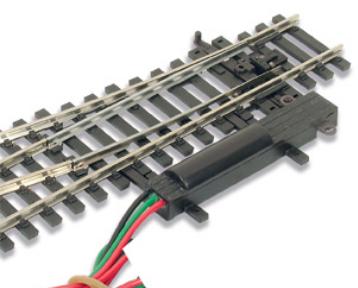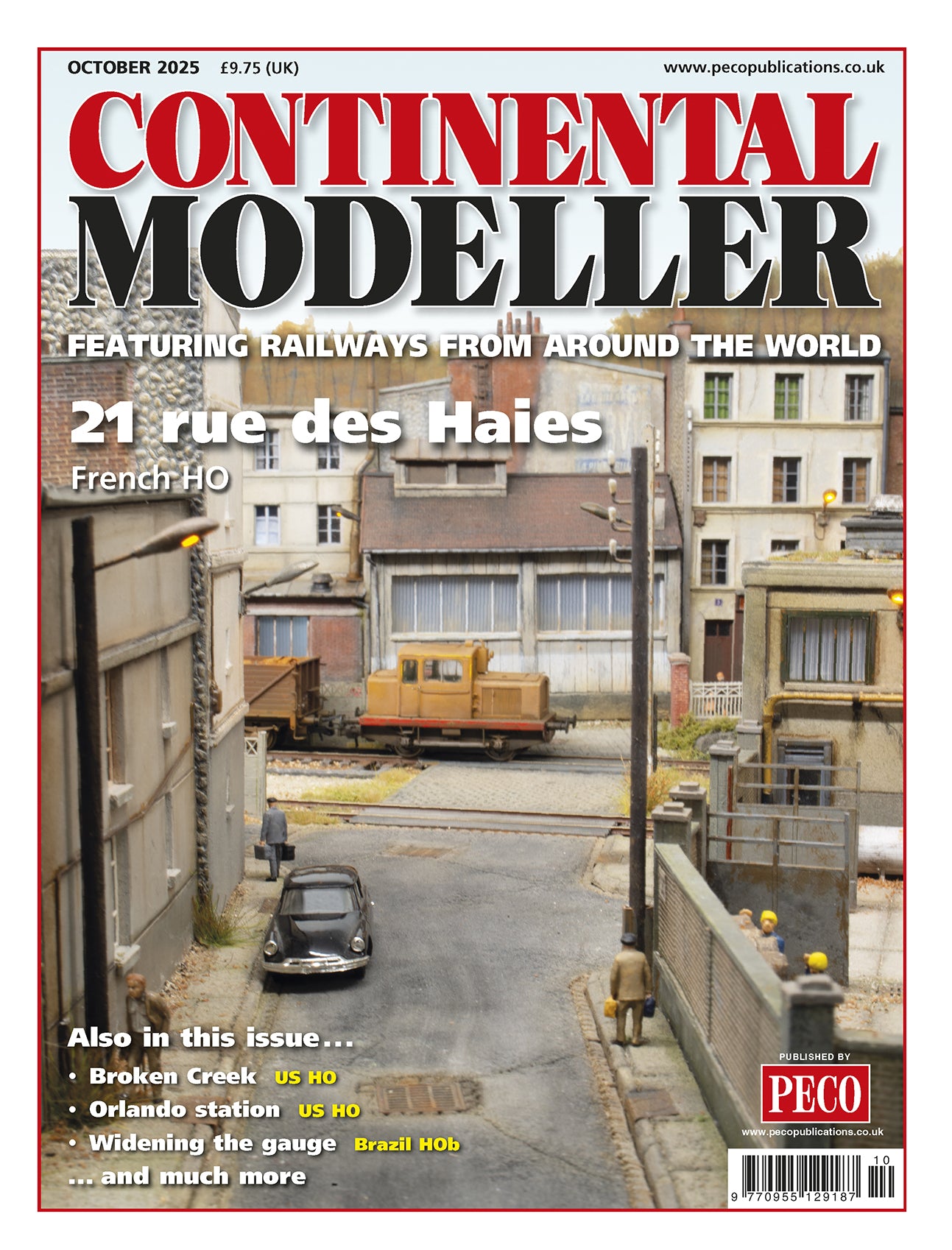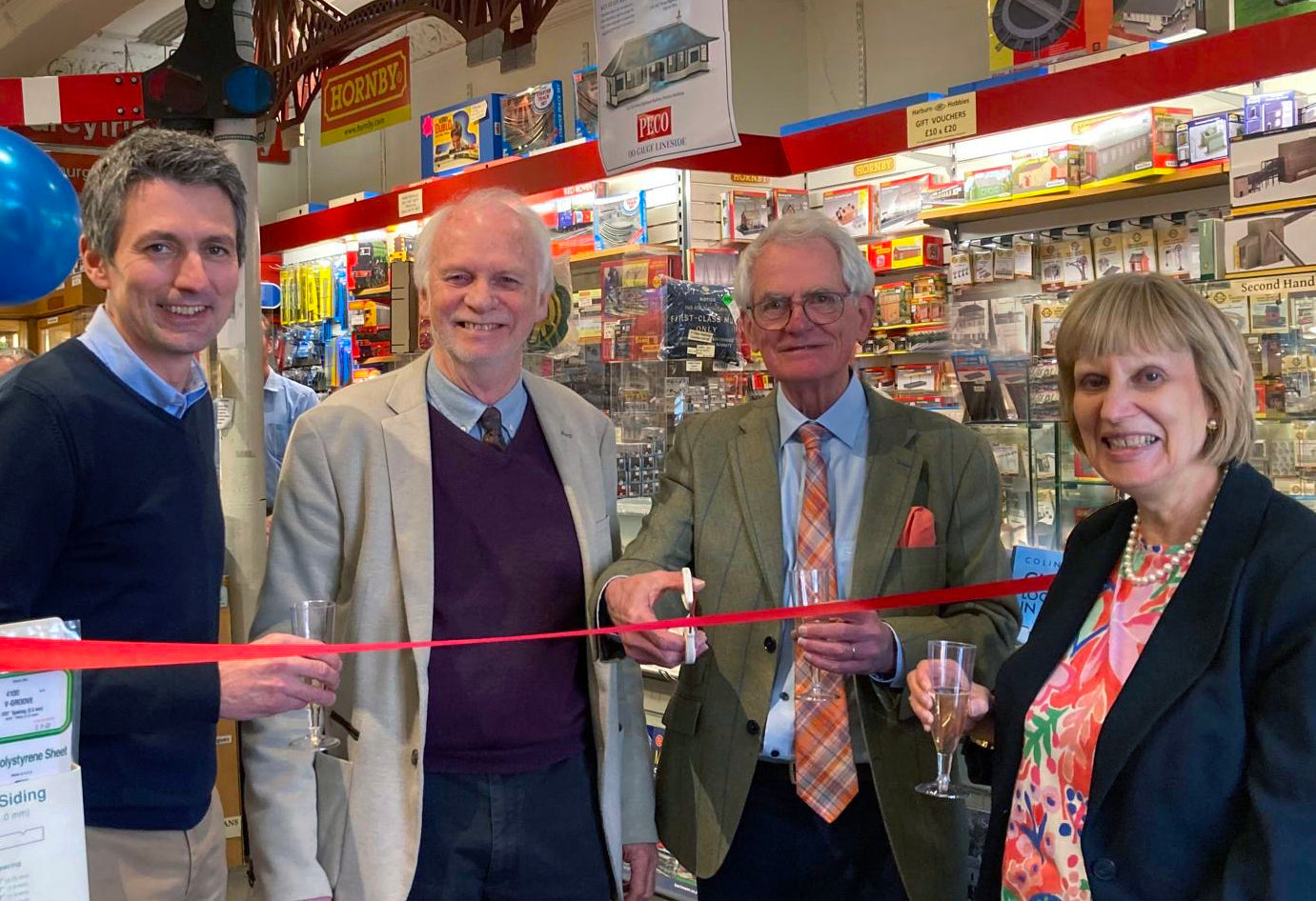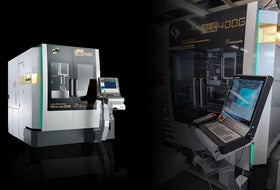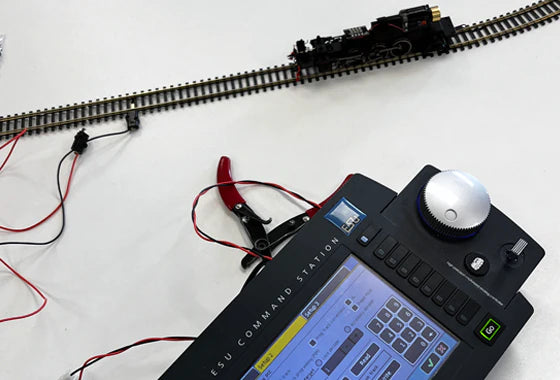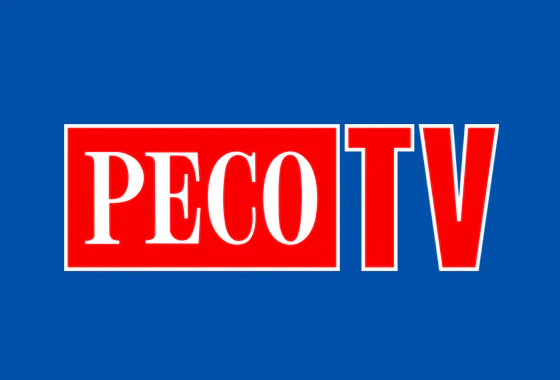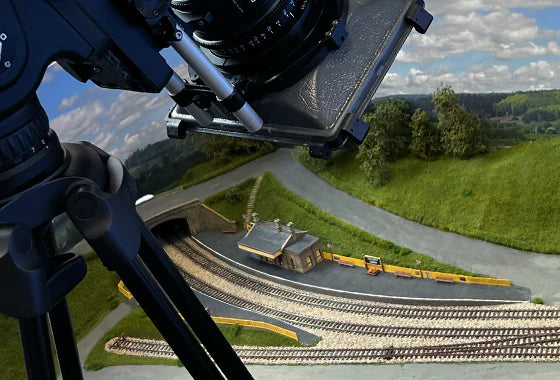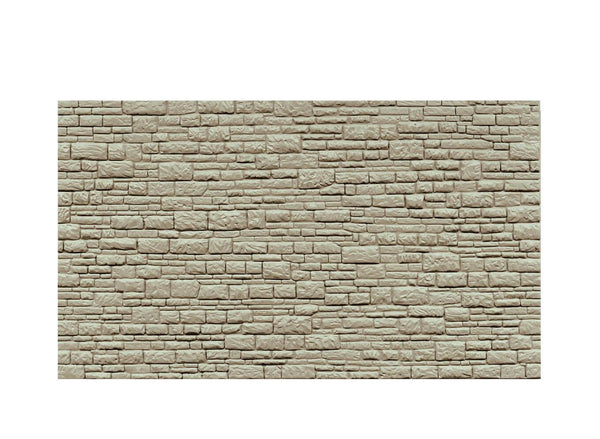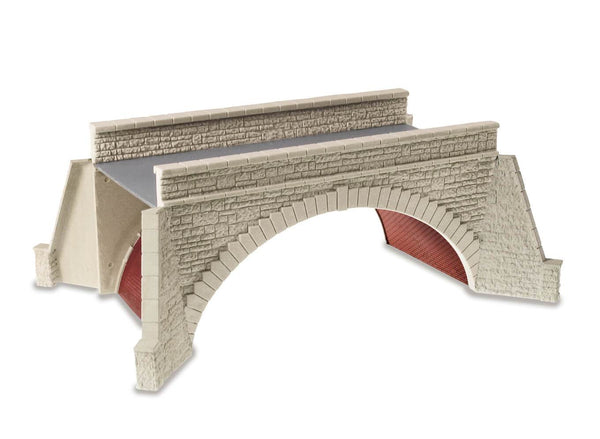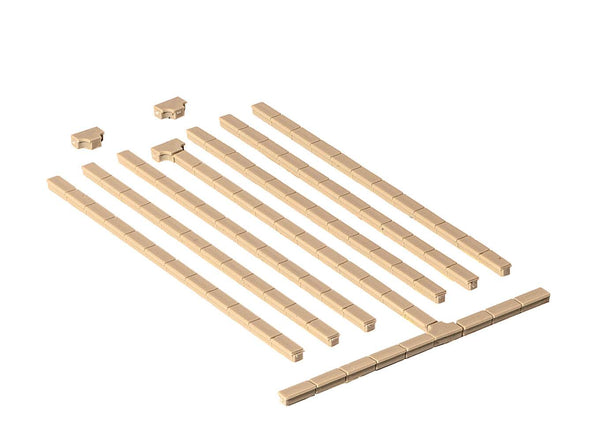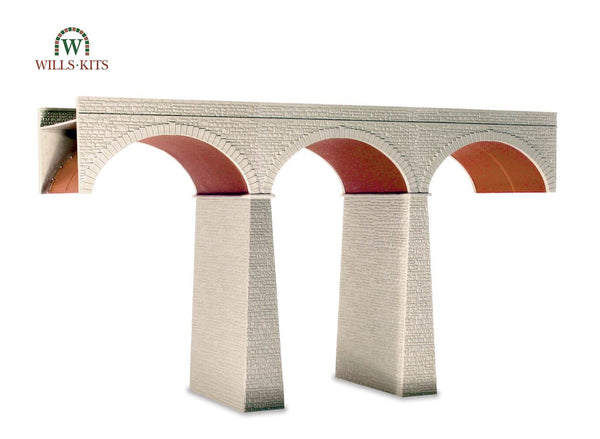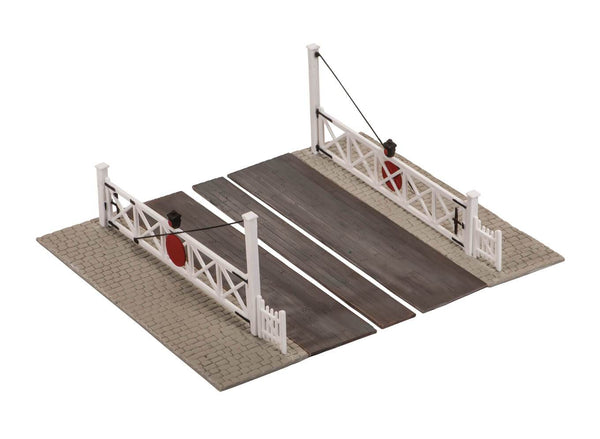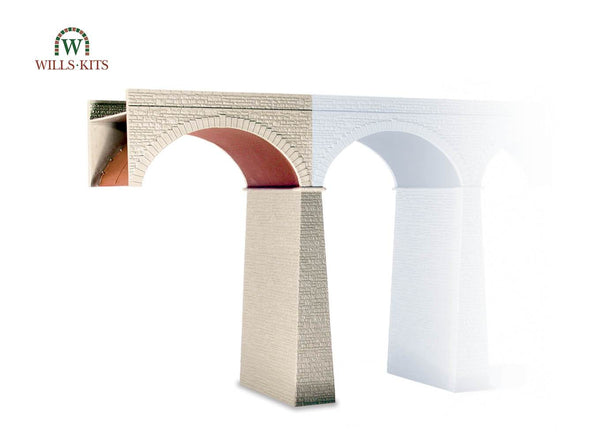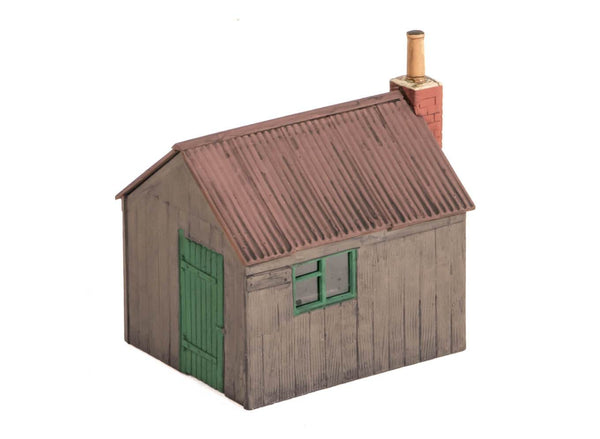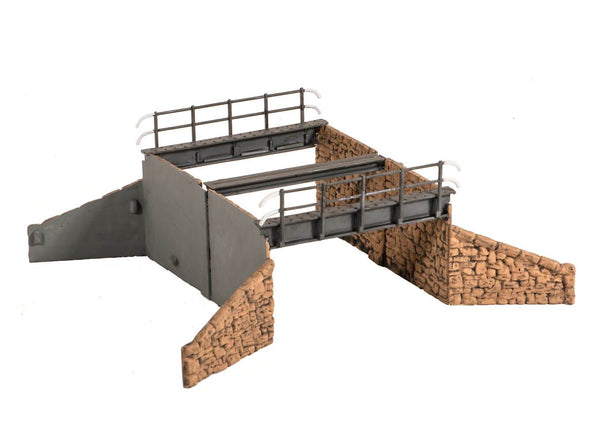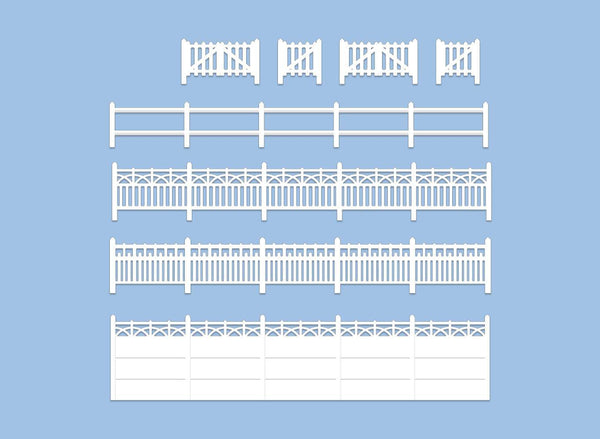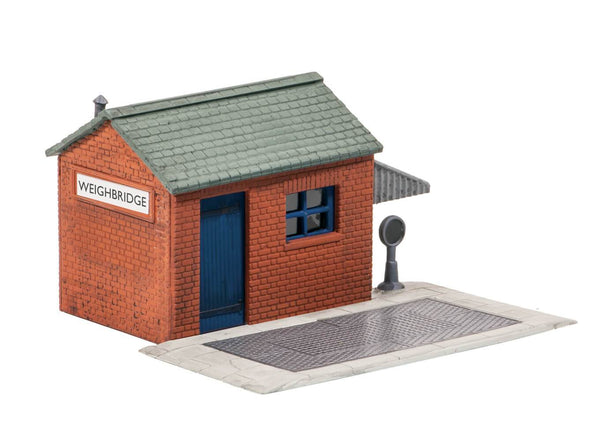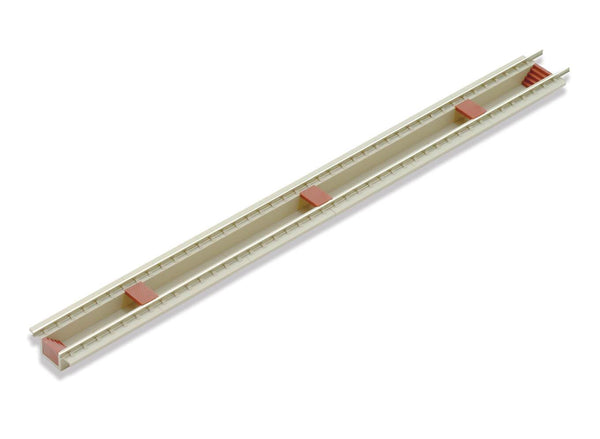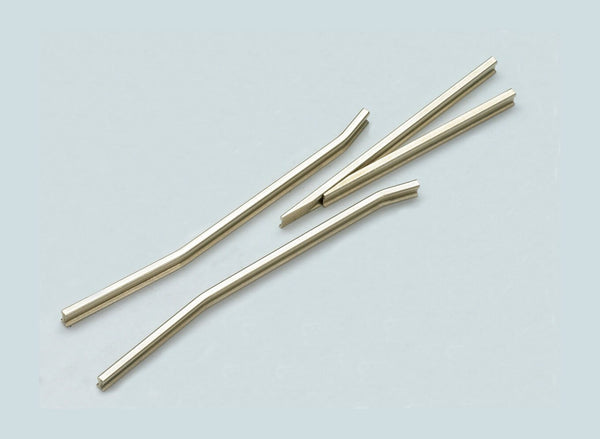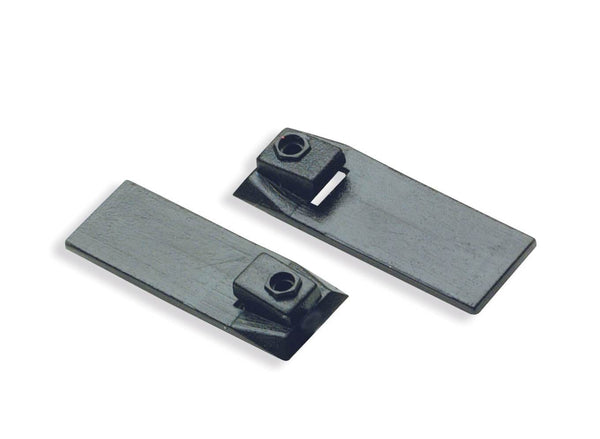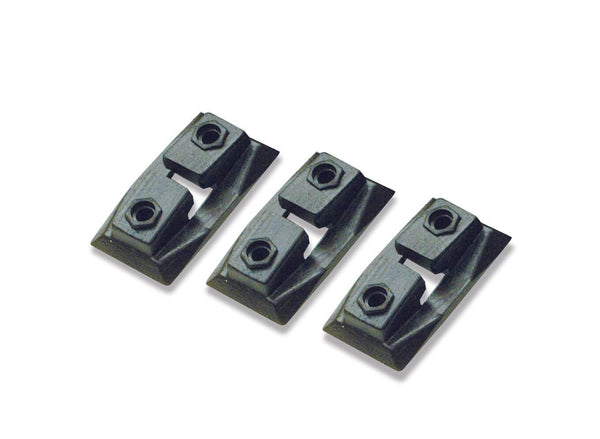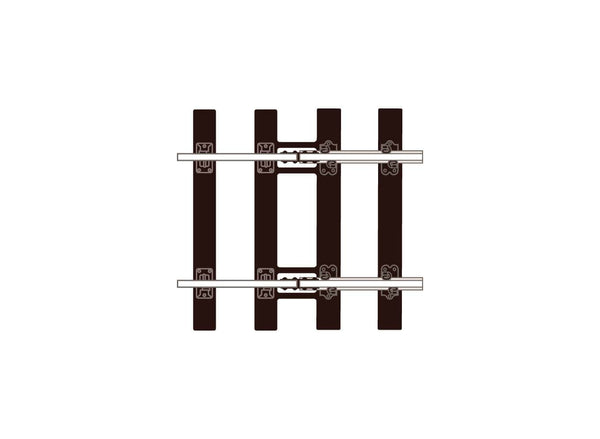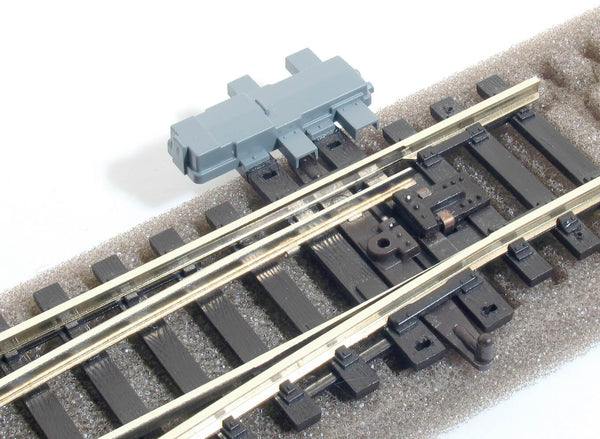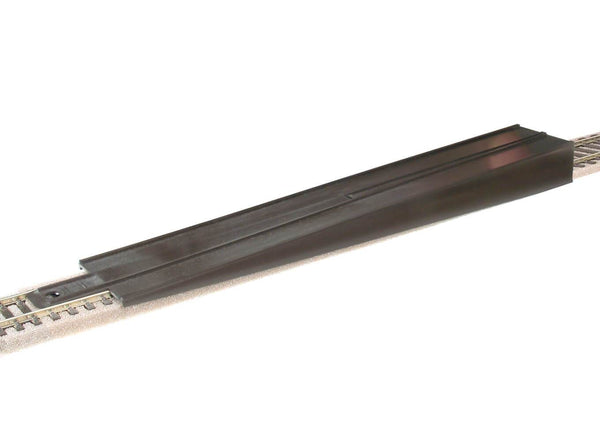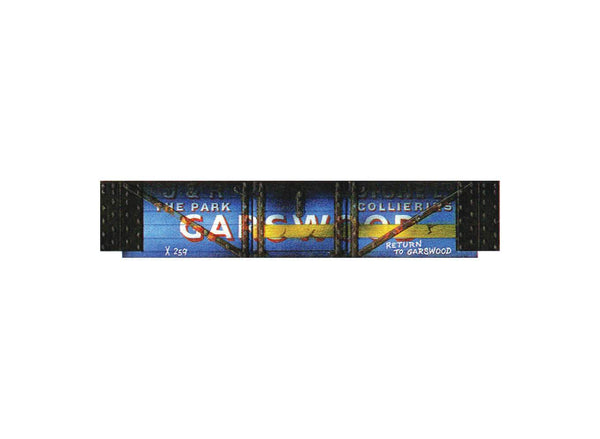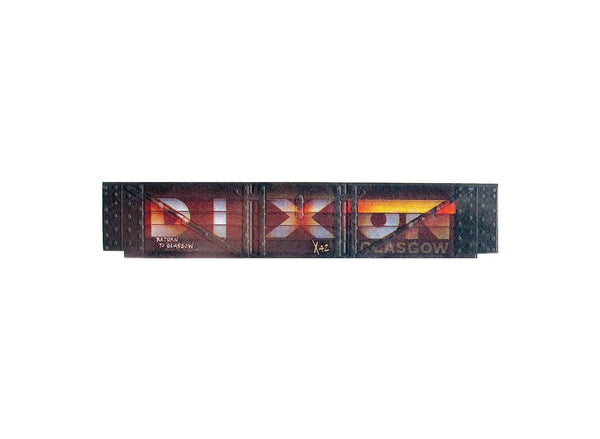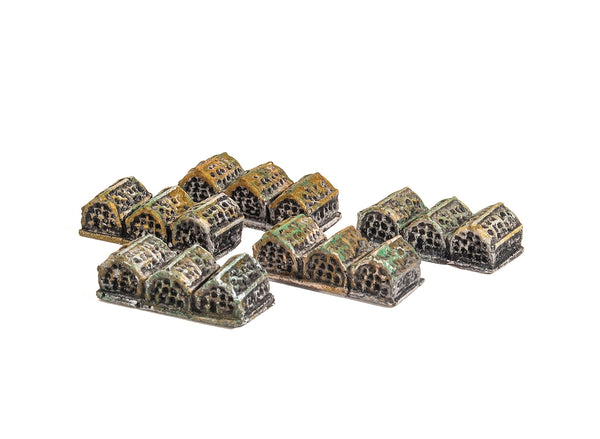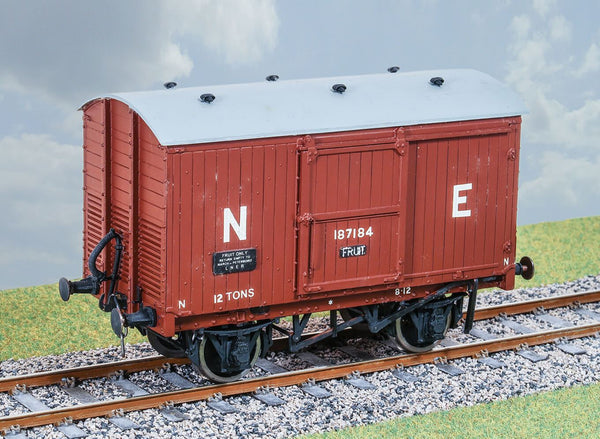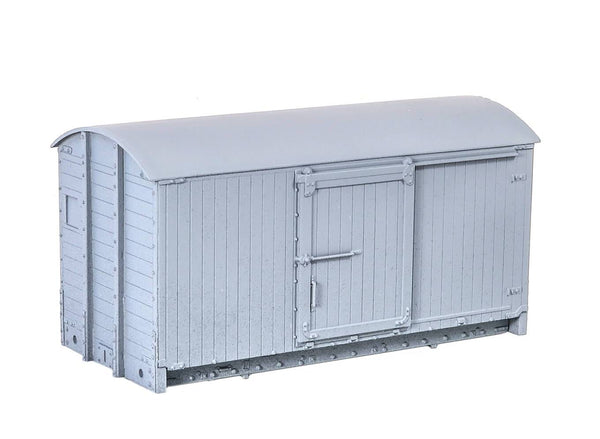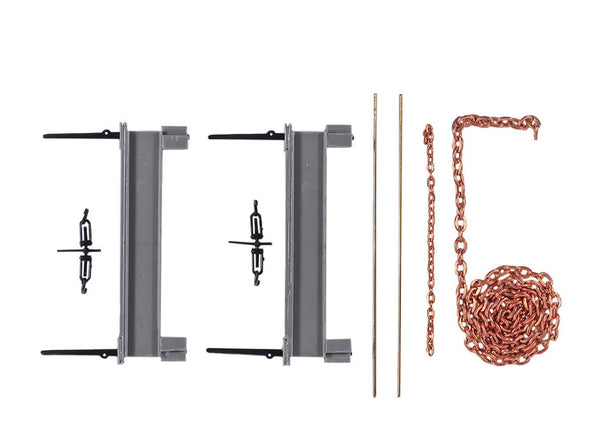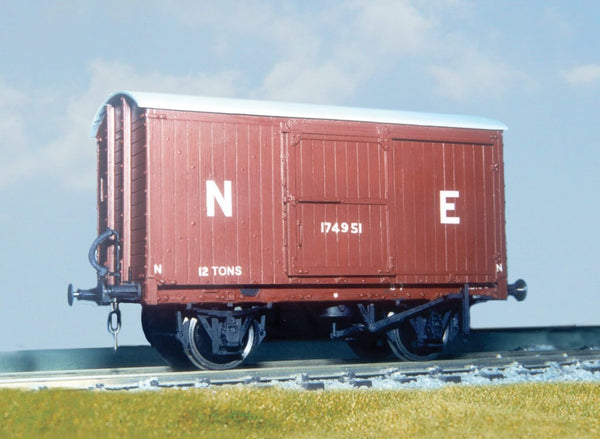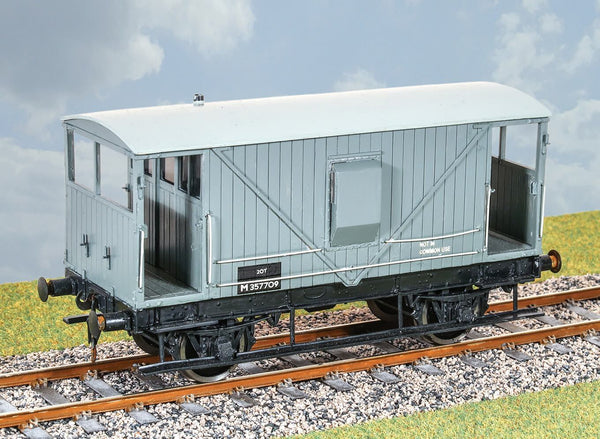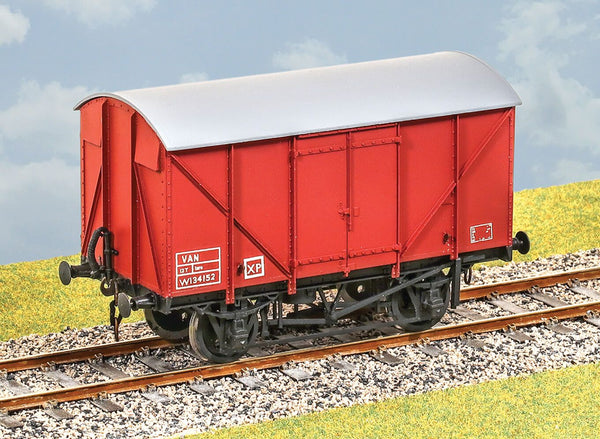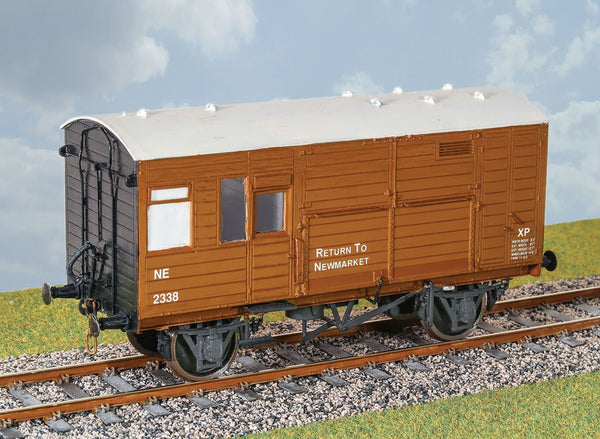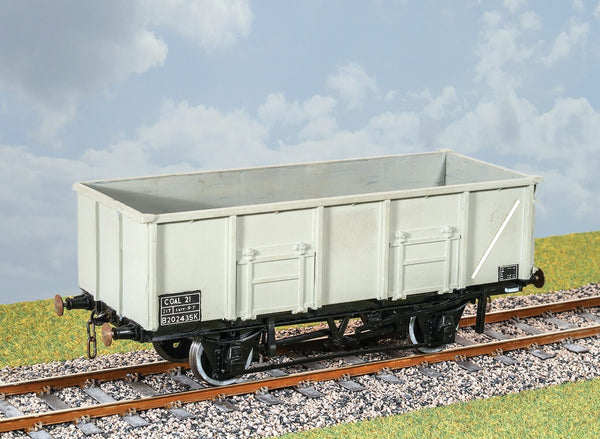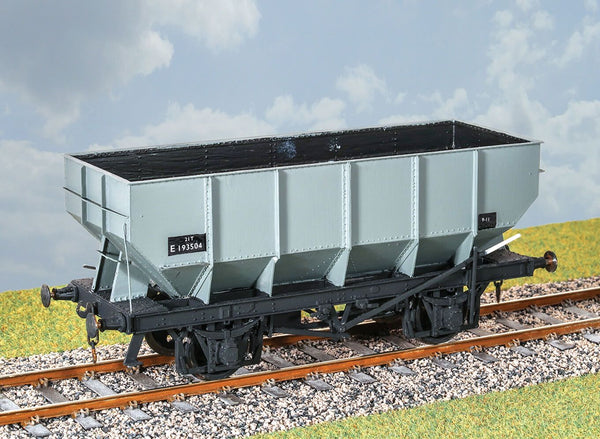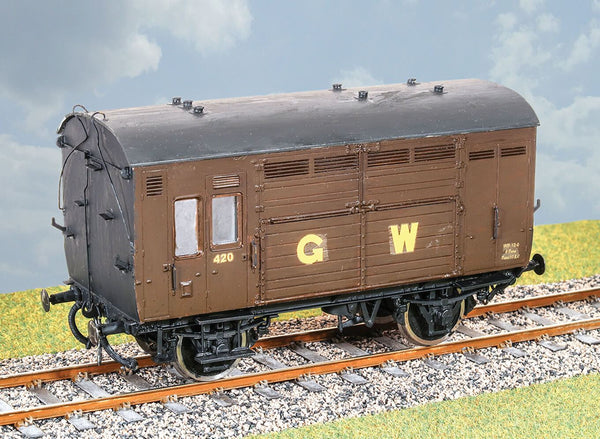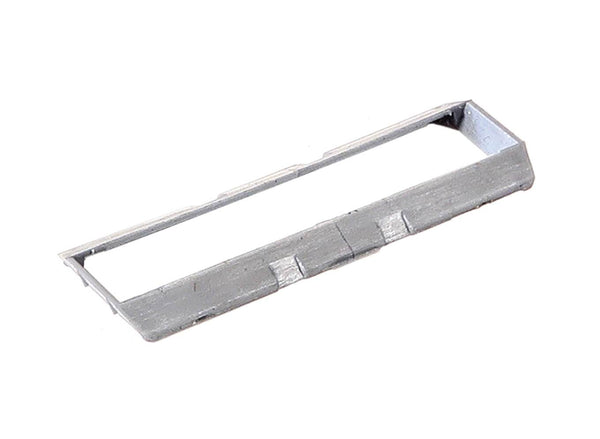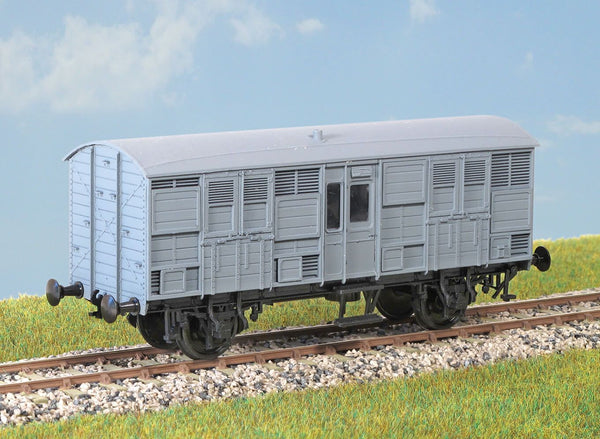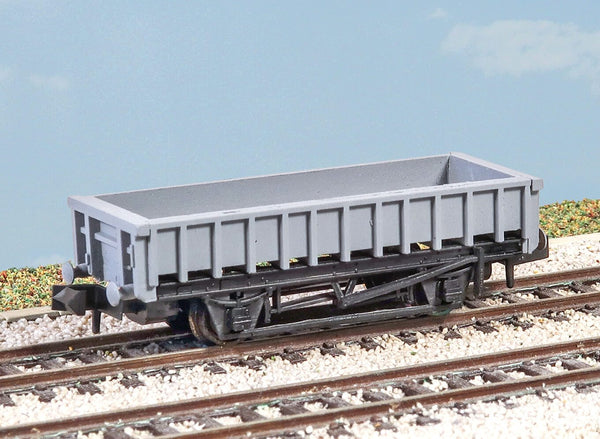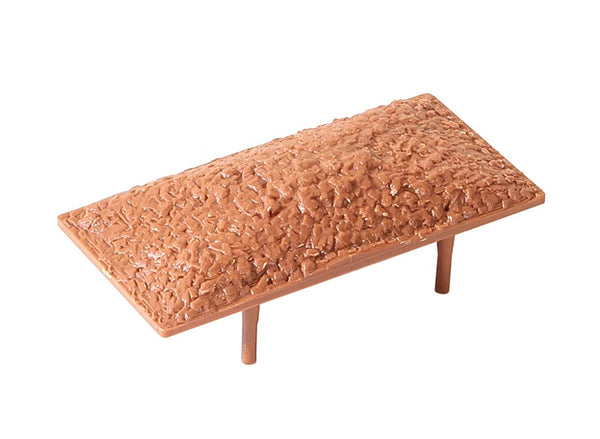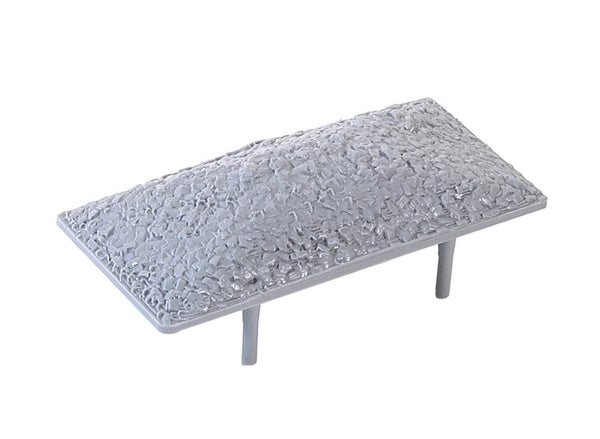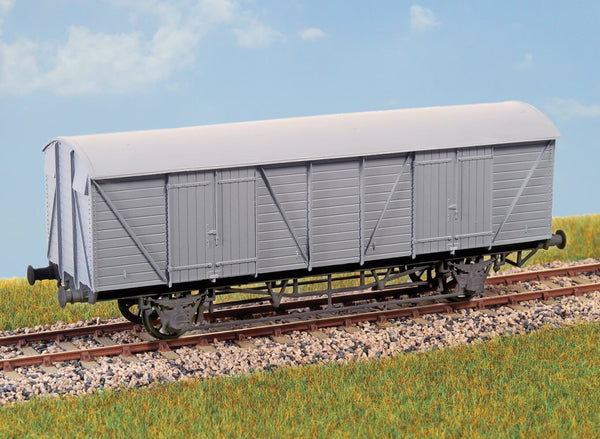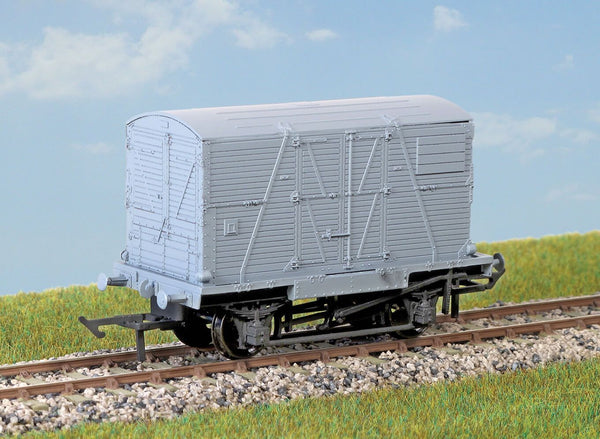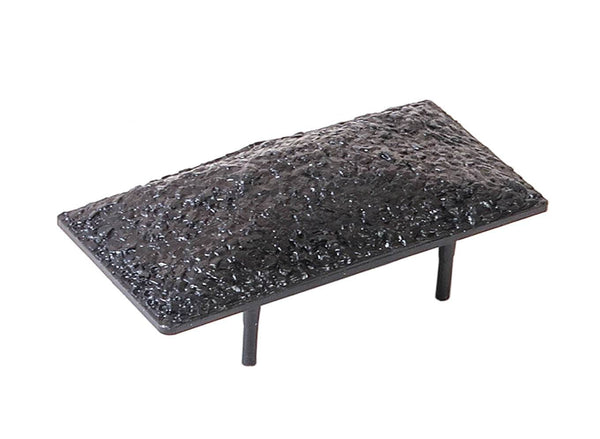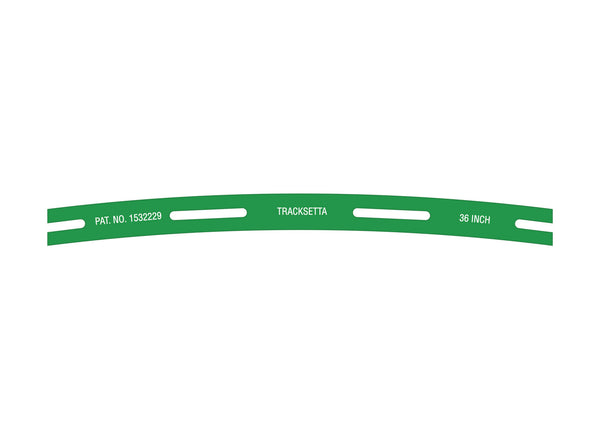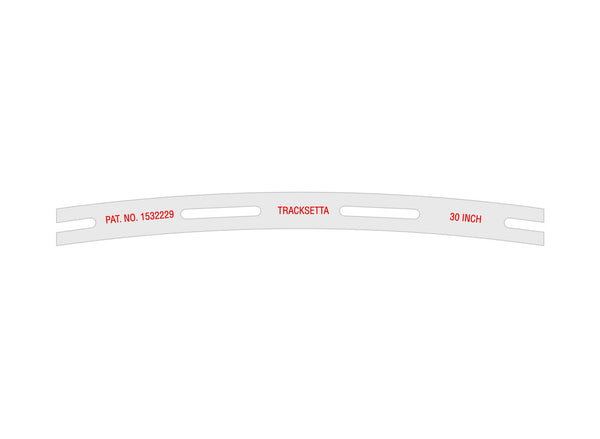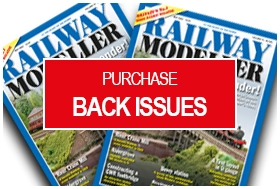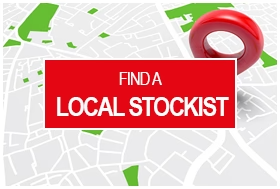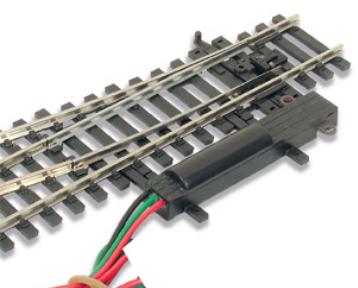BROWSE PECO PRODUCTS
Browse through our complete product portfolio.
1869 Products Found
Coarse Stone
These sheets are invaluable for scratchbuilding, saving many hours of repetitive work creating the various surface patterns and textures. They are the same as those used in the Craftsman kits to make extension work easier. Each pack contains 4 sheets 130mm x 75mm of injection moulded styrene approximately 2mm thick, making them rigid enough to be self supporting.
River/Canal Bridge
Ideal for bringing a road or path over a small river or canal. The Wills scenic series provides a range of simple to make kits that help to change your layout into a model railway that contains real life detail. Supplied with pre-coloured parts although painting and/or weathering can add realism; glue is required to complete this model. Height 68mm.
Concrete Trunking
Carries the cable between Relay boxes (SS85 and 88) and Control Centres. Supplied with pre-coloured parts although painting and/or weathering can add realism; glue is required to complete this model.
Three Arch Viaduct
Can be extended by adding additional kits and the SS83 Piers, or with the SS81 Extra Arch and Pier. Supplied with pre-coloured parts although painting and/or weathering can add realism; glue is required to complete this model. Footprint: 423mm Long, 124mm Wide and 234mm High.
Level Crossing Gates
This single track crossing features one of the many different types of gates used where roads had to cross the railway on the level. Kit includes 1 pair of gates 95mm x 17mm, plastic cobblestone roadway and a planked crossing deck.Don't forget the crossing keepers box (SS29), Signal Box (SS48), or Cottage (SS39). Supplied with pre-coloured parts although painting and/or weathering can add realism; glue is required to complete this model.
Extra Arch and Pier
Extension pack for the SS80 Viaduct kit. 141mm Long, 124mm Wide and 234mm High. Supplied with pre-coloured parts although painting and/or weathering can add realism; glue is required to complete this model.
Platelayers Hut
The platelayers who maintained the track used huts like these for storing tools, shelter - and, of course, for somewhere to make a brew! Supplied with pre-coloured parts although painting and/or weathering can add realism; glue is required to complete this model. Footprint 58mm x 44mm.
Occupation Bridge (Double Track) and Stone Abutments
Underpass for double track to be used by farm and light traffic; stone abutments included. Supplied with pre-coloured parts although painting and/or weathering can add realism; glue is required to complete this model. Span 70mm
Concrete Fencing
Supplied with pre-coloured parts although painting and/or weathering can add realism; glue is required to complete this model. This kit includes:
‚Ģ 20 24mm wide Concrete Fencing panels including post
‚Ģ 20 22mm wide Ornate Concrete Fencing panels including post
‚Ģ 20 22mm wide Concrete Balustrade Fencing panels including post
‚Ģ 20 22mm wide Concrete Post and Rail panels including post
‚Ģ 8 24mm wide Double Gates including 2 posts
‚Ģ 8 14mm wide Single Gates Including 2 posts
Weighbridge and Hut
Commercial vehicles arriving with goods to transport by rail were weighed to work out their levy. Supplied with pre-coloured parts although painting and/or weathering can add realism; glue is required to complete this model. Footprint: 82mm x 81mm
Ground Level Signal Box
A small signal box as would be seen at a small country station, or controlling the exit from a yard or industrial area. Use SS89 Point Rodding to fill in this important detail on your layout. Footprint:48mm x 36mm.
Inspection Pit
Kit includes 6 pit mouldings (total length 297mm), 2 pairs of steps and 4 walkway plates. The modular design makes it easy to assemble pits of any length. With several kits you can model the train length pits seen at many maintenance depots; a great addition to the LK-80 Modern Train Shed unit or create a modern diesel/EMU servicing shed using the Wills SSM300 Modern Industrial Building and SSM315 Extension kits.
Frog and Wing Rails
1 set of Frog and Wing Rails for the construction of turnouts, using Code 200 Flat Bottom rail.
Gauge One models are built to a scale of 10mm/foot, or approx 1:30 scale. This is a great scale for live steam locomotives, or electric and internal combustion models. This scale is often used in the great outdoors, however, indoor scenic layouts are not unknown.
Slide Rail Chairs
50 injection moulded chairs for the construction of turnouts, using Code Flat Bottom rail. Gauge One models are built to a scale of 10mm/foot, or approx 1:30 scale. This is a great scale for live steam locomotives, or electric and internal combustion models. This scale is often used in the great outdoors, however, indoor scenic layouts are not unknown.
Running Rail Chairs
These rail fixings (approx. 100) slide on to Code 200 Flat Bottom Profile Rail. Gauge One models are built to a scale of 10mm/foot, or approx 1:30 scale. This is a great scale for live steam locomotives, or electric and internal combustion models. This scale is often used in the great outdoors, however, indoor scenic layouts are not unknown.
Bullhead O Gauge Buffer Stop - Rail built
Detailed model of the standard British Railways type. Three plastic moulded parts which, after assembly, clip onto the rails. Peco Streamline Bullhead 0 Gauge track has set unsurpassed standards for 7mm scale realism. Superbly detailed, its 'wood grain' sleepers are the correct scale width and have integrally moulded scale chairs with square headed fixing bolts and wooden keys. This range is compatible with the 0 Setrack range; and if, as on the real network, you wish to use a combination of Bullhead and Flat Bottom track the SL-713 Transition Track provides an ideal way to connect the two types.
Transition Tracks
Makes it easy to connect Peco 0 Streamline and Setrack Bullhead to Streamline Flatbottom track.
Pack contains 4 x 66mm track sections. Electrical conductivity is maintained across the joint but an insulation break can be made if required.
Insulated Rail Joiner
Peco Streamline Flat Bottom 0 Gauge track is superbly detailed, with correct scale width 'wood grain' sleepers and integrally moulded baseplates with Pandrol (TM) type rail fixings. Insulated rail joiners are required to provide electrical breaks where Electrofrog turnouts are used, for more details see our Wiring the Layout publications Nos 4 and 21. The SL-713 Transition Track is an ideal way to connect Flat Bottom track to the Bullhead Setrack and Streamline track systems.
Re-Railer
Makes re-railing steam locos and bogie vehicles simple - less handling too.
Also suitable for re-railing 0-16.5/0n30 locomotives and stock.
Garswood Mineral 5 Plank
00 Card wagon body kits, designed to be used with the R20 Underframe kit. Romford wheels and bearings can be used to complete the model.
AWS Ramp
Detailed moulding of the ramp/protective cover for the Automatic Warning System used on British railway routes. This dummy unit will add realism to your trackwork.
Dixon Mineral 5 Plank
00 Card wagon body kits, designed to be used with the R20 Underframe kit. Romford wheels and bearings can be used to complete the model.
Shellfish Creels
Three creels or lobster pots in a row, for boat decks or fish docks. (also available as part of QS427)
Size approx (mm) L22 x W9 x H7. The Harburn Hamlet range of painted resin accessories provide interesting scenic details to go around the station and streets of your layout.
LNER 12ton Fruit Van
500 of these vans were built in the 1930s, for the substantial LNER fruit traffic, originating mainly from East Anglia, as well as Harwich, Hull and Leith. They might have also been used for general traffic outside of the growing season, and lasted into the 1960s. Transfers for LNER and BR. These finely moulded plastic wagon kits come complete with pin point axle wheels and bearings, 3 link couplings and transfers. This kit is supplied with pre-coloured moulded parts although painting can improve the appearance. Additional parts to enable the vehicle to be modelled incorporating modifications made to the prototypes during their working life are included where appropriate.
LNER 12ton Goods Van
2,167 of these vans were built in the 1930s for general goods traffic. They retained a wooden chassis, unusual for a 10-foot wheelbase chassis. After 1937 they were used throughout Britain. Substantially built they lasted into the 1960s. Transfers for LNER and BR. These finely moulded plastic wagon kits come complete with pin point axle wheels and bearings, 3 link couplings and transfers. This kit is supplied with pre-coloured moulded parts although painting can improve the appearance. Additional parts to enable the vehicle to be modelled incorporating modifications made to the prototypes during their working life are included where appropriate.
LMS 20ton Goods Brake Van
Developed from a Midland Railway design, 950 of these vans were built between 1927 and 1931. After Nationalisation their use spread to other areas of BR, especially the Eastern Region. A few lasted into the 1990s. Transfers for LMS and BR. These finely moulded plastic wagon kits come complete with pin point axle wheels and bearings, 3 link couplings and transfers. This kit is supplied with pre-coloured moulded parts although painting can improve the appearance. Additional parts to enable the vehicle to be modelled incorporating modifications made to the prototypes during their working life are included where appropriate.
GWR 12ton Covered Goods Wagon
Plywood body construction came about as a result of a shortage of wooden planks at the end of the last war. A total of 1,100 vans were built, 350 with only a hand brake (diagram V37), which eventually had vacuum brakes retro-fitted. They lasted into the 1970s. Transfers for GWR and BR.These finely moulded plastic wagon kits come complete with pin point axle wheels and bearings, 3 link couplings and transfers. This kit is supplied with pre-coloured moulded parts although painting can improve the appearance. Additional parts to enable the vehicle to be modelled incorporating modifications made to the prototypes during their working life are included where appropriate.
BR 16ton Mineral Wagon
6,000 were built at the end of the Second World War for service in France. They returned to the UK later in the 1950s and remained in use into the 1960s. Many were then sold into private industry use. Transfers for BR. These finely moulded plastic wagon kits come complete with pin point axle wheels and bearings, 3 link couplings and transfers. This kit is supplied with pre-coloured moulded parts although painting can improve the appearance. Additional parts to enable the vehicle to be modelled incorporating modifications made to the prototypes during their working life are included where appropriate.
LNER Horse Box Wagon
Just 30 of these horseboxes were built, all in 1938, mainly to carry racehorses. They included lavatories for the travelling grooms. Many lasted into the 1960s. Transfers for LNER and BR. These finely moulded plastic wagon kits come complete with pin point axle wheels and bearings, 3 link couplings and transfers. This kit is supplied with pre-coloured moulded parts although painting can improve the appearance. Additional parts to enable the vehicle to be modelled incorporating modifications made to the prototypes during their working life are included where appropriate.
BR 21ton Mineral Wagon
1,500 examples built 1950 – 1951, mainly for the transport of coal. Widely used and lasted until the 1980s. Transfers for early and post-TOPS BR. These finely moulded plastic wagon kits come complete with pin point axle wheels and bearings, 3 link couplings and transfers. This kit is supplied with pre-coloured moulded parts although painting can improve the appearance. Additional parts to enable the vehicle to be modelled incorporating modifications made to the prototypes during their working life are included where appropriate.
BR 12ton Pipe Wagon
These wagons were designed to carry heavy cast iron or steel pipes for water and drainage works. This kit represents one of 350 built in 1955. Withdrawn between late 70s and early 80s. Transfers for early and post-TOPS BR. These finely moulded plastic wagon kits come complete with pin point axle wheels and bearings, 3 link couplings and transfers. This kit is supplied with pre-coloured moulded parts although painting can improve the appearance. Additional parts to enable the vehicle to be modelled incorporating modifications made to the prototypes during their working life are included where appropriate.
LNER 20ton Hopper Wagon
13,645 of these hoppers were built, this kit representing one from the first batch of 409 built in 1936. Featuring riveted construction and LNER brake gear, many lasted into the 1970s. Transfers for LNER and BR. These finely moulded plastic wagon kits come complete with pin point axle wheels and bearings, 3 link couplings and transfers. This kit is supplied with pre-coloured moulded parts although painting can improve the appearance. Additional parts to enable the vehicle to be modelled incorporating modifications made to the prototypes during their working life are included where appropriate.
GWR Horse Box Wagon
300 of these vehicles were built in the 1920s, lasting into the 1950s and 60s. They were used to carry horses to racecourses and stables, often marshalled into passenger and parcels trains. Transfers for GWR and BR. These finely moulded plastic wagon kits come complete with pin point axle wheels and bearings, 3 link couplings and transfers. This kit is supplied with pre-coloured moulded parts although painting can improve the appearance. Additional parts to enable the vehicle to be modelled incorporating modifications made to the prototypes during their working life are included where appropriate.
BR 21ton Coal Hopper Wagon
16,800 of these wagons were constructed in the 1950s. They were widely used throughout the North East for the transport of coal. Roller bearing axle boxes were applied to some in the 1960s, options for which are in the kit, and lasted until the 1980s. Transfers for early, late and post-TOPS BR. These finely moulded plastic wagon kits come complete with pin point axle wheels and bearings, 3 link couplings and transfers. This kit is supplied with pre-coloured moulded parts although painting can improve the appearance. Additional parts to enable the vehicle to be modelled incorporating modifications made to the prototypes during their working life are included where appropriate.
GWR Beetle Prize Cattle Wagon
Introduced to carry valuable cattle with their attendants, they were mainly seen on passenger trains until the 1950s. These finely moulded plastic wagon kits come complete with pin point axle wheels and bearings. Glue and paint will be required, along with appropriate transfers. Additional parts to enable the vehicle to be modelled incorporating modifications made to the prototypes during their working life are included where appropriate.
BR Clam 21ton Ballast Wagon
Built in 1989-1991 on ex hopper chassis, 400 clam wagons carry mainly waste ballast. These finely moulded plastic wagon kits come complete with pin point axle wheels. Glue and paint will be required, along with appropriate transfers .
GWR Mink Goods Van
(Diagram V22) Introduced in 1931 to carry express goods traffic between the main stations on the GWR system. One hundred were built and lasted in service until the 1960s.These finely moulded plastic wagon kits come complete with pin point axle wheels and bearings. Glue and paint will be required, along with appropriate transfers. Additional parts to enable the vehicle to be modelled incorporating modifications made to the prototypes during their working life are included where appropriate.
BR Conflat Container Wagon
‘Conflat A’ Container Wagon with BD container (diagram 3/050) 4500 were built in 1955/56 purely to carry containers. The BD was the most common general merchandise container on BR. Over 9000 were built to this diagram.
These finely moulded plastic wagon kits come complete with pin point axle wheels and bearings. Glue and paint will be required, along with appropriate transfers . Additional parts to enable the vehicle to be modelled incorporating modifications made to the prototypes during their working life are included where appropriate.
Template 36" Radius
With Tracksetta you can make sure your straights are really straight and your curves are smooth without any kinks or sudden changes of direction which make derailments inevitable. These simple but effective tools are a worthwhile investment since well laid track is essential for reliable running.
Template 30" Radius
With Tracksetta you can make sure your straights are really straight and your curves are smooth without any kinks or sudden changes of direction which make derailments inevitable. These simple but effective tools are a worthwhile investment since well laid track is essential for reliable running.
Template 24" Radius
With Tracksetta you can make sure your straights are really straight and your curves are smooth without any kinks or sudden changes of direction which make derailments inevitable. These simple but effective tools are a worthwhile investment since well laid track is essential for reliable running.
